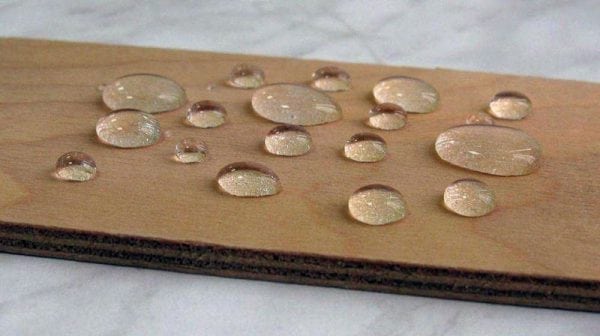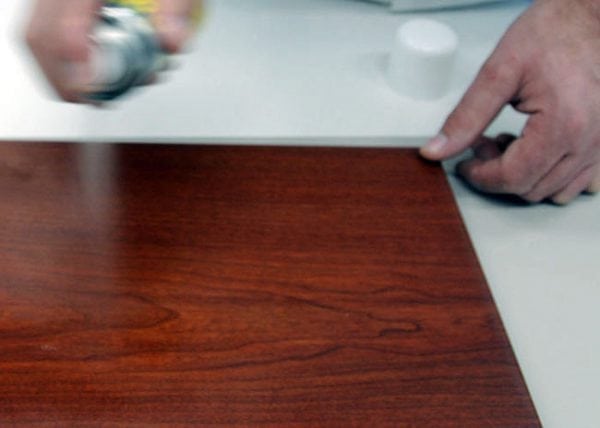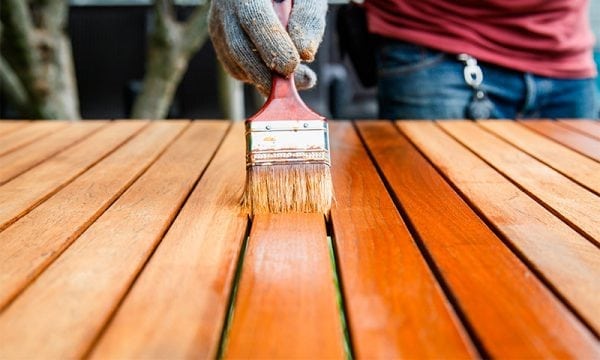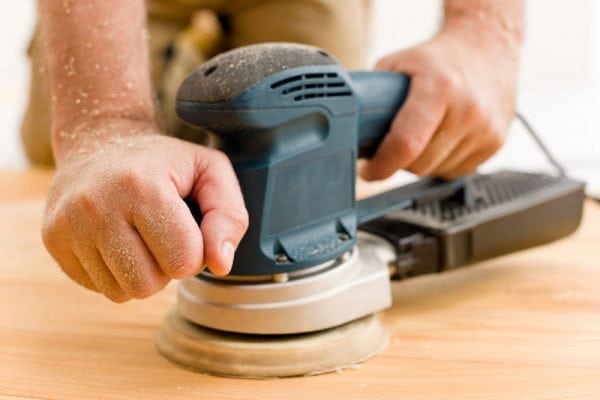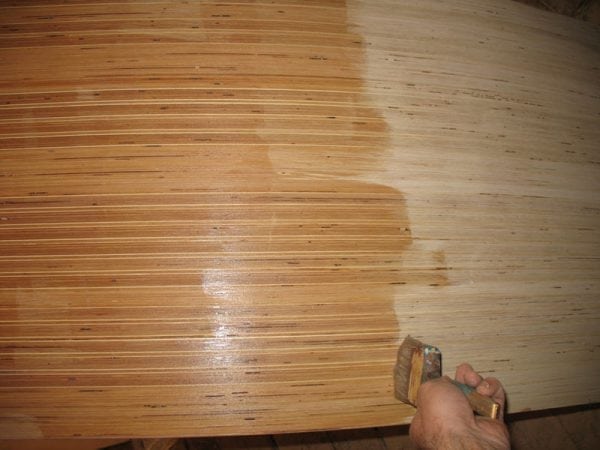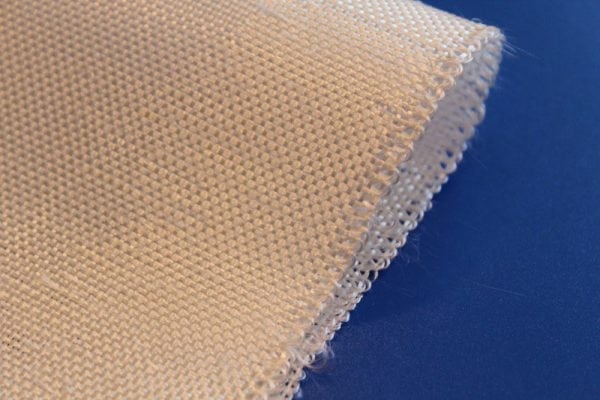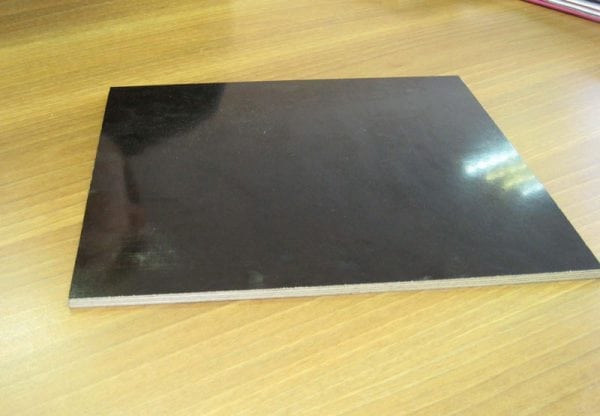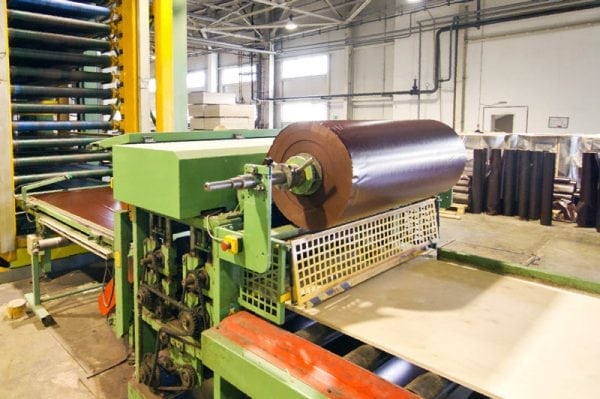Plywood has traditionally been one of the most sought-after finishing building materials. This is a wood multilayer plate, which is obtained by gluing veneer sheets with a perpendicular overlay of a new layer relative to the previous one. The popularity of plywood is determined by its wide versatility and relatively affordable price. But she also has a big minus - a weak natural defense against the influence of the environment, including water.
- Plywood varnishing
- The procedure for coating plywood with varnish
- Fiberglass varnishing and pasting
- Glass fabric bonding procedure:
- Plywood lamination
- Film selection
- Plywood Lamination Procedure

To protect plywood sheets from the aggressive effects of moisture and other negative influences, various materials and methods of processing the material are used, including:
- varnishing;
- impregnation with drying oil;
- fiberglass protection;
- staining;
- creation of lamination.
We will talk in more detail about the most effective and efficient methods of protecting plywood from external negative influences.
to contents ↑Plywood varnishing
One of the best ways to protect this wood material from moisture, moisture and other aggressive environmental influences is varnishing. An important task is not only compliance with the technology of the varnish process, but also the right choice of paint material. With plywood using polyurethane, alcohol, nitrocellulose varnishes. Consider the main features of these compounds:
- Nitrocellulose varnishes (they are nitro-varnishes or NTs-varnishes) are the most popular materials for protecting plywood. They are easy to use, dry quickly, have high performance properties, especially moisture resistance, strength and elasticity. All these qualities are only enhanced when applying varnish after the primer.
- Polyurethane compounds. They are actively gaining popularity in recent years. This is due to high durability, resistance to wear and weathering of the coating formed using such varnishes.
- Alcohol varnishes. They are gradually losing ground and are being used less and less in plywood in modern construction.
The most suitable for use with plywood sheets - nitrocellulose and polyurethane varnishes differ in the principle of formation of a protective layer on a wood surface. In the first case, the coating is formed as a result of weathering of the solvent, and in the second - due to polycondensation and polymerization, which contribute to hardening.
to contents ↑The procedure for coating plywood with varnish
Instructions for varnishing plywood sheets include the following mandatory steps:
- Grinding the surface to be coated with fine emery materials.
- Waste removal.
- Processing plywood with a soil mixture and waiting for it to dry.
- Drawing on the surface of the sheet of the first varnish coat with large strokes (using either a roller, or a brush, or a special spatula).
- Waiting for the varnish to dry.
- Recoating.
According to professional builders and furniture makers, the beauty and durability of a varnish coating directly depends on the number of layers of material applied. Between repeated treatments, wait for the varnish to dry. At the end of the process, it is recommended to apply drying oil to the surface. Such complex processing will increase the operational properties of the finishing material and give a beautiful shade to the plywood board.
to contents ↑Fiberglass varnishing and pasting
Another effective method of waterproofing plywood, providing durability, is the application of special fiberglass. In addition to the fiberglass itself, it is allowed to use ordinary gauze. At the same time, varnish is also used in this treatment, since it acts as an adhesive base. It is important to choose the appropriate paint composition - it should not contain polyesters and epoxies.
to contents ↑Glass fabric bonding procedure:
- Preparation of the sheet and coating with the first layer of varnish (according to the scheme described previously).
- Waiting for absorption of the composition for 2-3 hours.
- Application of fiberglass or gauze.
- Varnishing the ends of plywood.
- Ensuring complete drying within 1-3 days.
- Repeated application of varnish.
When the plywood is completely dry a second time, it can be used for its intended purpose.
Plywood lamination
Another very effective method of protecting plywood sheets from an aggressive environment is lamination. In this case, you can immediately purchase the appropriate material with a protective film, or apply it yourself. What is lamination for?
- a significant decrease in hygroscopic properties (plywood absorbs water and moisture less);
- increased durability and reliability;
- increased resistance to abrasion of external surfaces;
- mold protection;
- reduction in the degree of slip;
- giving the surface the desired shade and additional aesthetic appeal through the use of lamination with decorative patterns.
Performing lamination at home requires compliance with a number of safety requirements. The fact is that in the composition of many films for lamination there are formaldehydes, which become harmful to human health when heated. The lamination procedure involves heating, which ensures high-quality adhesion of the film to plywood. That is why for a safe procedure, it is necessary to use a respirator, as well as sticking in a room with good ventilation (or providing ventilation).
to contents ↑Film selection
For the processing of plywood and other lumber, these types of films are used:
- melamine. Allows to improve the resistance of wood sheets to moisture and wear. The composition contains formaldehyde resins.
- PVC films. Artificial polymer with excellent water repellent properties. Not harmful to health, ideal for use in residential premises;
- phenolic. They provide a gain in wear resistance, but against the background of PVC analogues it is worse in protection against moisture.
Plywood Lamination Procedure
In addition to film and plywood sheets, you will need a respirator, rags and a building hair dryer for work. Lamination sequence:
- Heating the protective film with a hairdryer (it is important to observe the measure, otherwise bubbles may form on the surface).
- Applying a heated film to plywood and smoothing with rags already treated areas in order to get rid of the air between the tree and the polymer layer.
- Getting rid of bubbles (if they have arisen, an ordinary needle will help get rid of them). After this, it is necessary to reheat the film with a hairdryer and level the layer.
As practice shows, from the point of view of saving time and effort, it is better to immediately buy laminated plywood, since the procedure for independent lamination is quite troublesome and requires some skill and skill.

